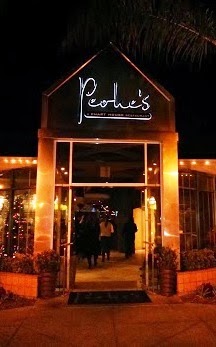If you ever had an “aha” moment or a creative breakthrough
this article is for you. Occasionally, if we think about a problem long enough
we find a solution that is unique and beneficial. Scientific discoveries often
live and die off new discoveries. According to Melissa Schilling (2005) those
aha moments are years in the making and often rely on the cognitive abilities
of the person. They are derived from the way in which people connect
information to find new and unique perspectives.
Insight is a concept that entails an atypical
association through the recombination of information to create a shortcut in a
person’s network of representations. This shortcut can re-orientate a person’s
perspective and create cascades to other connections. The result is a verified
solution to a problem that has been previously undiscovered.
These connections are
from working decades within a field and often rely on tight clusters of
information. In science, as a person continues to gain more information they
are capable of building in their memory multiple tightly connected networks or
clusters of information. When a person finds a unique connection between all of
the material, they can create new frameworks for viewing solutions.
The question remains as
to why one person can find new connections while another person with equal
experience cannot. In many cases, as a person works within a field they become
locked into a particular vantage point. This makes it difficult for them to
move outside of that perspective to find a new connection. Some may call this
ideology while another may call it cognitive rigidness. The more engrained they
are in their pattern of thinking the more confirmed their beliefs.
This is where
intelligence and cognitive fluidity become involved. Some are more prone to try
new connections and incorporate additional frameworks of information that allow
them to see different connections. They can trace back connections to find logical
conclusions and are capable applying those frameworks to new situations. This
incorporation of unexpected connections of new representations can be seen as:
-completing a schema
-reorganizing visual
information
-overcoming mental block
-finding a problem analog
-random recombination
The creative person
enjoys thinking in novel ways and often tries to connect information in unique manners.
Some have developed mental frameworks that constantly bring in new elements and
attempt to find a match for them within their existing patterns. Generally,
such individuals are persistent, highly motivated by intrinsic factors, and
enjoy working on problems they find interesting. Over the years of data incorporation,
they are able to build stronger clusters and more connections.
Outside of this report,
you can see that science, breakthroughs, and creativity are associated. Previous research on gifted people indicates
that they carry many of the creative, persistence, and deep thinking abilities
that afford opportunities to find scientific breakthroughs. It is possible that
over their lifetimes their over excitabilities and sensory sensitivities afford
opportunities to build additional tightly woven clusters. When significant
experience is gained, they can reconnect this material in new ways to make a
creative breakthrough.
Schilling, M. (2005). A “small-world” network model of
cognitive insight. Creativity research
journal, 17 (2/3).


